By: Cody Gramlich, Physiotherapist
 If you have experienced or are experiencing nagging elbow pain, you know that it can significantly affect things such as sleep and your day-to-day activities (think… pouring a cup of coffee, lifting your child, working with hand tools, or playing your favourite sport). This was the story for a client of mine who developed elbow pain after a lot of lifting and carrying during a move. With some guidance and treatment for his issue, he was able to return to skiing weekly, without worrying about elbow pain every time he used his ski poles. If this sounds like something you have been struggling with, or you simply want to learn more, then keep reading! You will learn what tennis elbow is, what to look out for, and how to deal with it.
If you have experienced or are experiencing nagging elbow pain, you know that it can significantly affect things such as sleep and your day-to-day activities (think… pouring a cup of coffee, lifting your child, working with hand tools, or playing your favourite sport). This was the story for a client of mine who developed elbow pain after a lot of lifting and carrying during a move. With some guidance and treatment for his issue, he was able to return to skiing weekly, without worrying about elbow pain every time he used his ski poles. If this sounds like something you have been struggling with, or you simply want to learn more, then keep reading! You will learn what tennis elbow is, what to look out for, and how to deal with it.
What Is Tennis Elbow?
Tennis elbow (known as Lateral Epicondylitis) is classified as a repetitive strain or overuse injury. It affects the tendon that attaches to the bony prominence on the outside of your elbow. You typically develop it from activities that involve repetitive, combined wrist and elbow movements. Good examples are golf, racquet sports, and jobs that require frequent tool use.
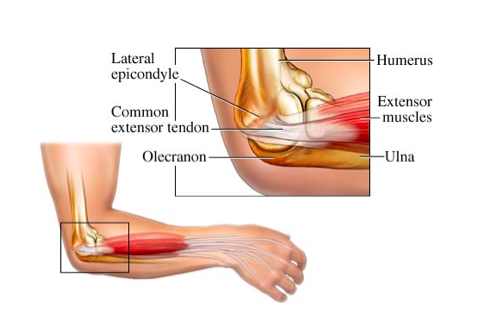
The wrist extensors are a group of muscles that attach to the bony prominence on the outside of your elbow (lateral epicondyle). These muscles travel down the back of your forearm and across your wrist. They also attach to various points on the back of your hand and fingers. These muscles are primarily involved in extending your wrist and fingers, such as when using a throttle or opening your hand.
What May Cause Tennis Elbow?
Tennis elbow occurs as a result of overuse of your wrist extensor muscle group. This overuse leads to changes in your common extensor tendon structure that will lead to pain on the outside of your elbow.
Tennis is not the only activity that can cause this condition, as it can be any activity that has repetitive combined wrist and elbow movement. Some examples include:
- Jobs that involve a lot of gripping, such as a painter
- A month of home renovations
- Playing guitar around the campfire with your friends
Why Is It Important to Understand Tennis Elbow?
It is suggested in multiple studies that tennis elbow affects 1-3% of individuals2,4,5. My current caseload includes 5-10% of patients needing physical rehab for it!
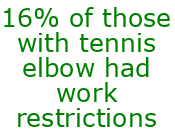
The statistics above may even underestimate the actual number of individuals suffering from tennis elbow. Many of the studies do not account for those who do not seek care for the condition. There is also a lack of data from worker’s compensation claims, which likely make up a portion of incidents2.
Tennis elbow can significantly affect your ability to work and participate in the activities you enjoy. One specific study that monitored the condition in participants for over 13 years between 2000 and 2012 indicated that 16% of those with tennis elbow had work restrictions. Of those participants, 4% had to take anywhere between 1-12 weeks off of work. Tennis elbow can have a huge impact on your day-to-day life, which is why it is important to identify the condition early and seek the help of a physiotherapist in Calgary. This same study recorded a recurrence rate of 8.5% for the condition.
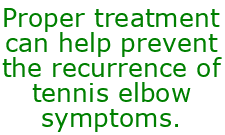
A lot of you may be involved in activities that put you at risk for developing tennis elbow. This can be your occupation, your leisure activity/hobby, or your competitive sport.
Some Risk Factors for Developing Tennis Elbow1,4:
- Handling tools heavier than 1 kg
- Handling loads heavier than 20 kg at least 10 times per day
- Repetitive movements for more than 2 hours per day
- Age 30-50
- Smoking
- Poor tennis mechanics
- Oral corticosteroid use
- Comorbid conditions such as DeQuervain’s, Carpal Tunnel Syndrome, or Rotator Cuff Pathology
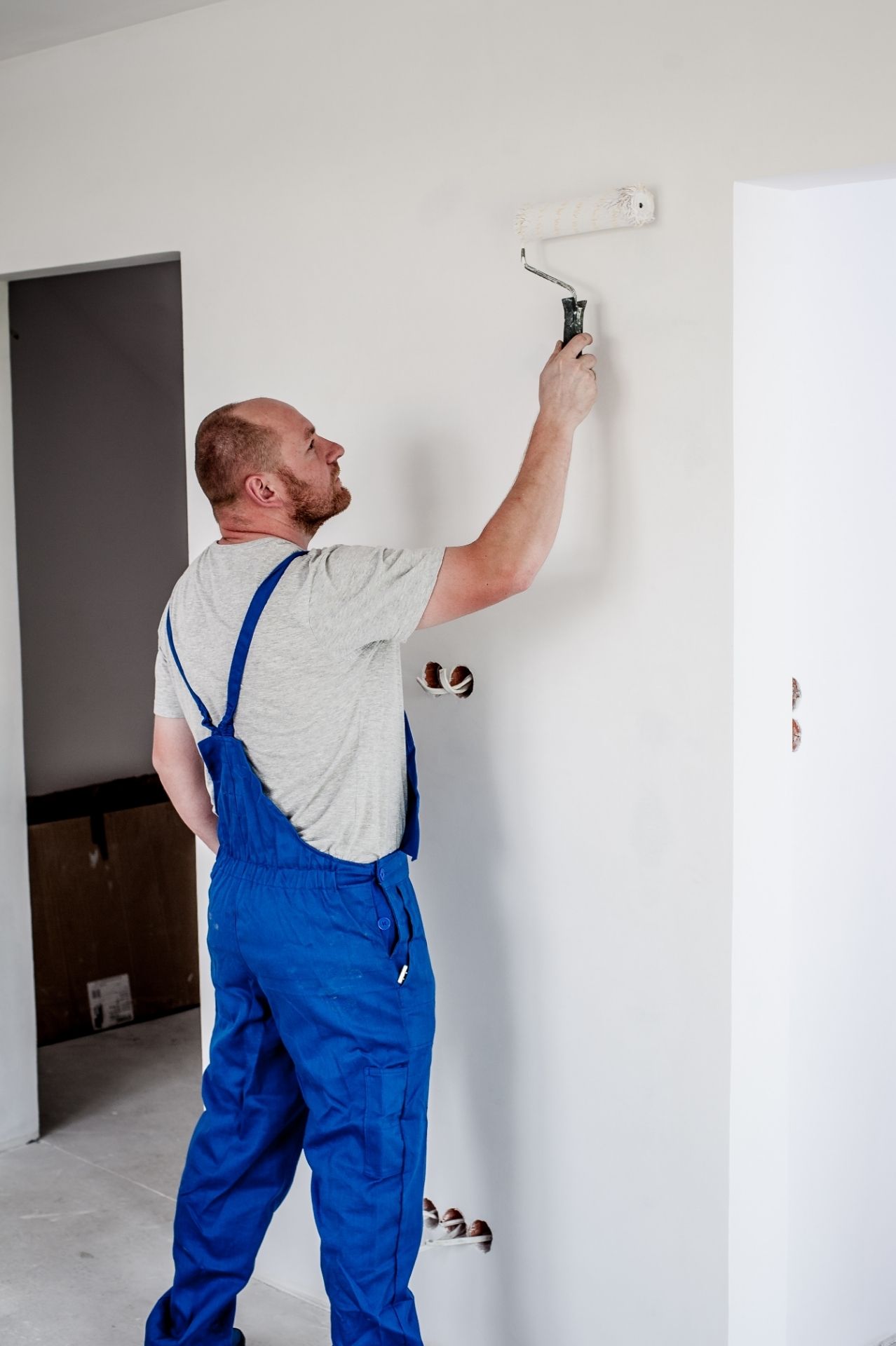
How Do I Know if I Have Tennis Elbow?

- Pain on the lateral (outside) aspect of your elbow.
- Typically your pain comes on gradually and worsens with time, but can come on after a single incident of heavy activity.
- Radiating pain/ache into the back of your forearm or hand.
- Activity related pain on the outside of your elbow with wrist and hand movements..
- Weakness of your wrist/hand or decreased grip strength with lifting/carrying.
*Remember that these are the most common symptoms that would indicate you may have tennis elbow. It may present with different signs/symptoms depending on the individual. If this sounds like you, reach out to a health care practitioner for a thorough assessment to determine the cause of your specific symptoms.
3 Strategies to Help Manage Your Symptoms
You may be experiencing some of these issues but know that it is not all bad. One study showed the long-term success rate for a group being treated with physiotherapy to be 91%3. Physiotherapy can help!
1. Use a Tennis Elbow Strap
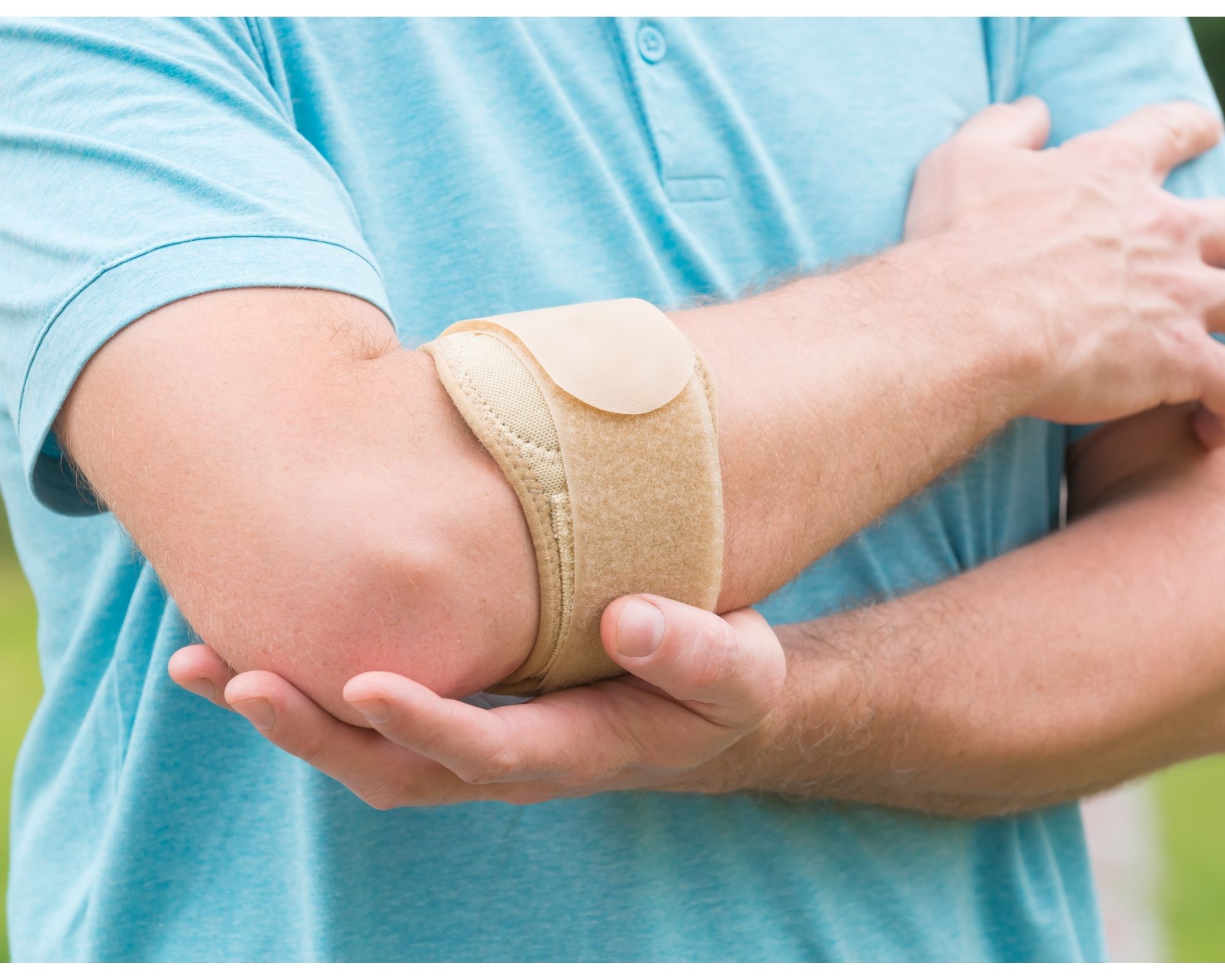
*Using a tennis elbow strap can be a short-term solution to help manage your pain during activities. It creates a different fulcrum for your extensors, reducing load/tension on the common extensor tendon.
2. Wrist Extensor Rolling
*Rolling the extensor muscles can help resolve any muscle tension associated with tennis elbow and help with your pain. Try rolling the muscles on the back of your forearm for 1-5 min with moderate to deep pressure.
3. Wrist Extensor Strengthening
*Adequately loading or strengthening your common extensor tendon will encourage positive tissue changes and tissue remodeling. Try three sets of 8-10 repetitions, slow and controlled.
FAQ
What is the Best Treatment?
There are variable treatment methods for tennis elbow including injections (cortisone, PRP), prescription management, physiotherapy, and surgical management. Conservative management such as physiotherapy and chiropractic are usually the first line of treatments. You should see a healthcare professional to help determine which method of treatment would be best for you.
Can Tennis Elbow Heal on Its Own?
Tennis elbow can last anywhere between two weeks to two years, with variable recovery rates if left untreated. Treatment is recommended to help manage symptoms, improve recovery timelines, and prevent recurrence.
What Happens if Tennis Elbow Goes Untreated?
Generally, tennis elbow will not lead to serious problems if it goes untreated. However, you may suffer from continued symptoms and further negative structural changes to the tendons in the elbow. This could lead to further injury or a chronic issue and result in missed work and decreased activity participation.
What Comes Next?
Remember, tennis elbow presents as pain on the outside of your elbow as a result of activities that include repetitive gripping or combined wrist and elbow movements. It is a common issue and can significantly affect your ability to participate in hobbies and work. This is why it is important to be able to identify the signs for the condition and have a plan to treat and prevent the issue.
Start by trying some of the strategies listed above and see how you respond. Afterwards, it would benefit you to see a rehabilitation professional to guide you through treatment depending on your response.
Feel free to reach out if you have any additional questions on tennis elbow or you can book an appointment online by clicking here.
References:
- Physiopedia 2021. “Lateral Epicondylitis”. Physiopedia. Accessed January 25, 2021, https://www.physio-pedia.com/Lateral_Epicondylitis#cite_ref-53
- Sanders, Thomas L., Kremers, Hilal Maradit, Bryan, Andrew J., Ransom, Jeanine E., Smith, Jay, and Morrey, Bernard F., “The Epidemiology and Health Care Burden of Tennis Elbow. A Population-Based Study”. The American Journal of Sports Medicine. 43, no. 5 (February 2015). https://doi.org/10.1177/0363546514568087
- Smidt, Nynke, van der Windt, Daniëlle AWM, Assendelft, Willem JJ, Devillé, Walter LJM, Korthals-de Bos, Ingeborg BC, Bouter, Lex M. “Corticosteroid injections, physiotherapy, or a wait-and-see policy for lateral epicondylitis: a randomised controlled trial”. The Lancet, 359 (2002). https://www.physio-pedia.com/images/9/9e/Smidt_et_al_RCT_lateral_elbow.pdf
- Springer Science+Business Media New York. Winston, Jonathan and Wolf, Jennifer M. “Chapter 1. Tennis Elbow: Definition, Causes, Epidemiology”. Tennis Elbow, 1, no 6 (2015). doi:10.1007/978-1-4899-7534-8_1
- Vicens, Gemma, Seijas, Roberto, Sallent, Andrea, Dominguez, Andrea, Ares, Oscar, and Torrecilla, Andrea. “Tennis Elbow Pathogenesis”. International Journal of Orthopaedics. 4, no. 3 (June 2017). http://96.126.98.199/index.php/ijo/article/view/1988/2416
Media References:
Elbow Anatomy Picture:
- Mountain Health and Performance. “Tennis Elbow Treatment North Vancouver”. Accessed February 5, 2021 via Google Image Search. http://www.mountainhp.ca/conditions-treated/what-is-tennis-elbow/. [Original Source Unknown]